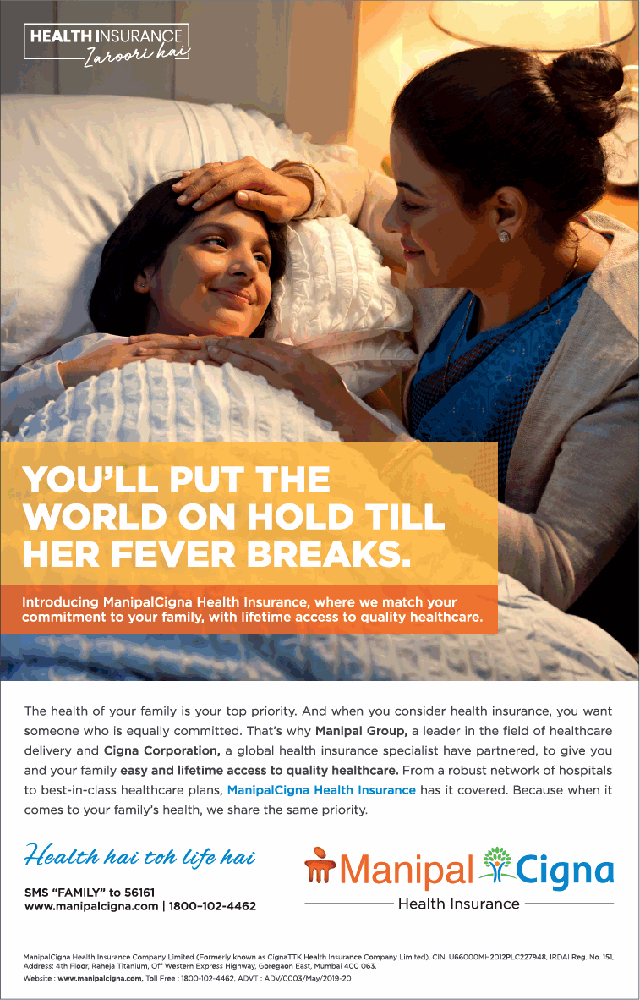

For Oscar members, a virtual primary-care visit is $0 copay with the Oscar app. Telehealth programs remain cost-effective, and there is more upside to its expansion - especially for small businesses. 1Ħ6% of small-business owners and decision-makers and 70% of employees said virtual care helped them save time. 1 And 59% said they would switch benefits to allow employees to chat with a doctor in 15 minutes, 24/7, for $0 copay, if it were affordable. 1 A majority of small-business owners and decision-makers (74%) agreed that virtual care could make healthcare more accessible and affordable to everyone. One solution could be virtual care: 66% of small-business owners and decision-makers and 70% of employees reported that virtual care helped them save time and increase productivity. 1 As many as 70% of small business owners and decision-makers said health insurance isn't built with small businesses in mind. Small businesses already struggle with hard decisions when it comes to the benefits they offer employees: In the Cigna + Oscar survey, 60% of small-business owners and decision-makers said they limited insurance-plan options because of high costs. "Virtual care offers that much needed flexibility in how, when, and where employees can get care." Small businesses can feel the impact of staffing shortages and tight schedules more, or may be tied to a location," DeStefano said. "Virtual care is particularly important to small companies because of the flexibility it provides. Small businesses can especially benefit from providing virtual care to employees because it can save time, keep people with chronic conditions healthier, and lower costs, said Louis DeStefano, the senior vice president of growth at Cigna.

1 Virtual care can deliver cost-savings opportunities for small businesses Two-thirds of owners and benefits decision-makers said it can save time, and that it's more productive. Many small businesses would like their insurance providers to offer virtual care options, found a recent survey of small-business owners and health-insurance/employee-benefits decision-makers and employees conducted by Cigna + Oscar alliance, along with Insider Studios and first-party data and insights platform provider Dynata. These barriers must be addressed for telehealth use to continue to grow. There are still significant barriers to the widespread adoption of virtual care and its increased integration into health plans - such as a perception that the technology isn't secure and a feeling of discomfort toward technology among patients, particularly older ones. 2 That number is 38 times higher 2 than before the pandemic, but there is still potential for the service to reach more people and improve healthcare plans. McKinsey & Company found that while virtual primary care spiked in popularity in April 2020, utilization levels later stabilized to represent 13% to 17% across all specialties. With many people feeling trepidation about visiting a doctor in person and sitting in a crowded waiting room filled with other people during the pandemic, virtual healthcare quickly became part of the new normal.įrom phone calls with a therapist to video visits with a dermatologist or a primary-care physician, what seemed futuristic in 2019 became increasingly common during the several months of lockdown at the height of the pandemic. Healthcare providers can do more to help it meet its potential. A Cigna + Oscar survey found that small businesses in particular benefit from digital health.Virtual care and telehealth are becoming more widely adopted because of the COVID-19 pandemic.Account icon An icon in the shape of a person's head and shoulders.


 0 kommentar(er)
0 kommentar(er)
